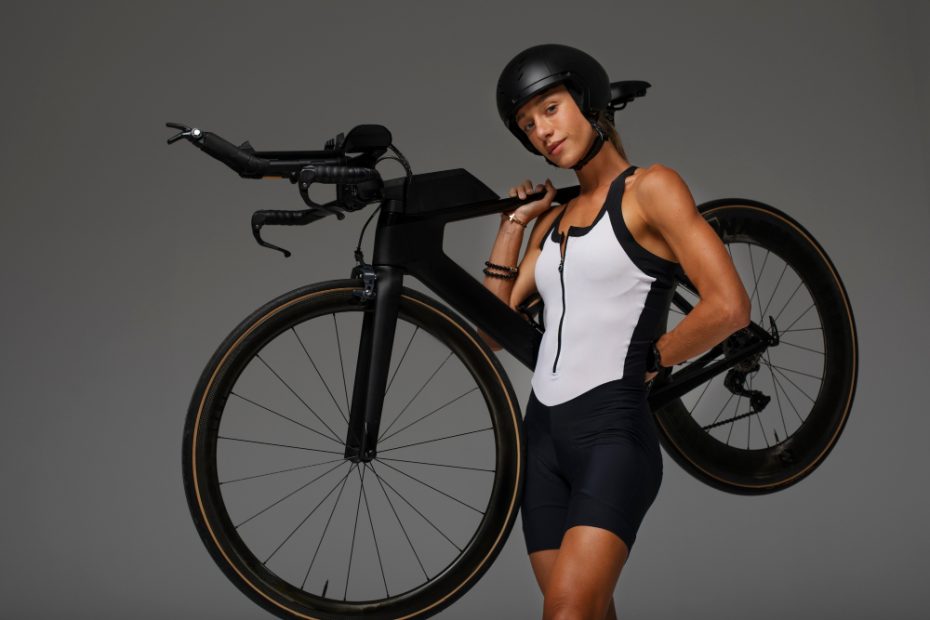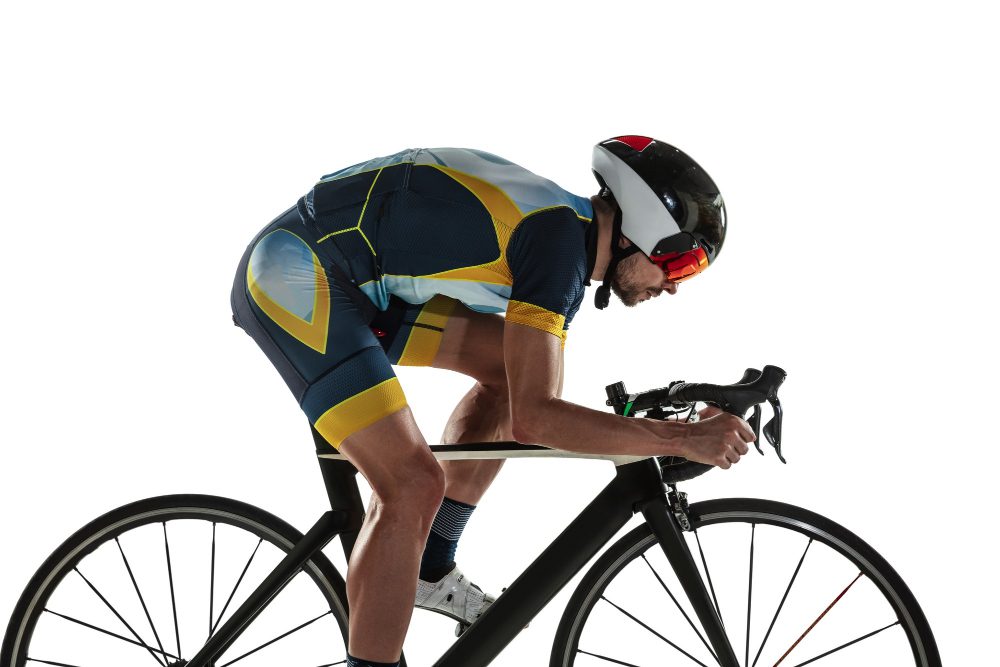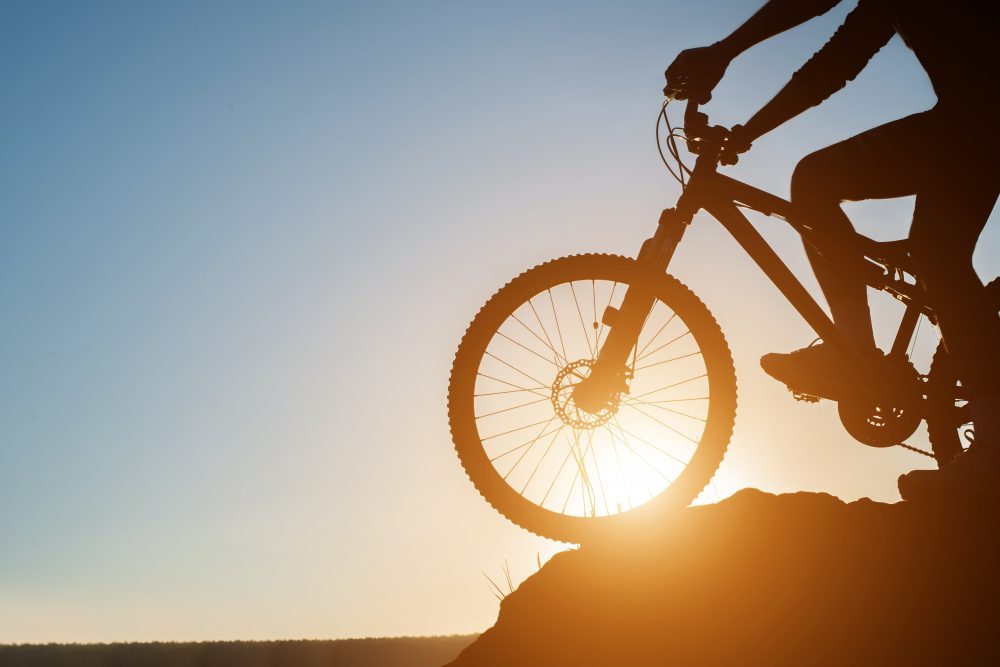Does a lighter bike make you faster?
Introduction
When it comes to cycling, the weight of your bike can play a significant role in your overall performance. The question of whether a lighter bike makes you faster has been debated among cyclists for years. Some argue that a lighter bike allows for easier acceleration and climbing, while others believe that weight alone may not be the determining factor. In this article, we will explore the relationship between bike weight and speed, considering various factors that can impact cycling performance.
Weight and Power-to-Weight Ratio
One of the main reasons why a lighter bike is often associated with faster speeds is the concept of power-to-weight ratio. This ratio measures the amount of power you produce in relation to your body weight. When riding a lighter bike, the power you generate can be more effectively transferred into forward motion, resulting in improved speed. However, it is important to note that power output is equally crucial, as a cyclist with higher power output can still maintain speed even on a heavier bike.
Acceleration and Climbing
The weight of your bike can have a noticeable impact on your ability to accelerate quickly and climb hills efficiently. A lighter bike requires less effort to accelerate, making it easier to reach higher speeds in shorter amounts of time. Similarly, when climbing steep inclines, a lighter bike puts less strain on your legs, allowing you to maintain a faster pace.
Quote:
“A lighter bike definitely makes a difference in races that involve hilly terrains. It gives me an advantage when climbing steep slopes and allows me to maintain a higher speed.” – Professional Cyclist
Handling and Maneuverability
In addition to acceleration and climbing, the weight of your bike can impact its handling and maneuverability. A lighter bike tends to be more responsive and nimble, making it easier to navigate tight turns and corners. This can be particularly advantageous in races or situations that require quick changes in direction.
Other Factors to Consider
While a lighter bike can contribute to increased speed, it is important to consider other factors that can affect overall performance. Aerodynamics, tire choice, riding position, and bike frame stiffness all play significant roles in determining how fast you can go. Therefore, it is essential to strike a balance between bike weight and these other variables to achieve optimal performance.
Aerodynamics
Aerodynamics refers to the ability of your bike to reduce air resistance. While weight reduction is crucial for climbing and acceleration, minimizing aerodynamic drag becomes more critical at higher speeds. Investing in an aerodynamic bike frame, handlebars, and wheels can help you cut through the wind more efficiently, ultimately improving your speed.
Tire Choice
Apart from bike weight, the type and quality of tires you use can also impact your speed. Tires with lower rolling resistance can enhance your overall efficiency, allowing you to maintain higher speeds with less effort.
Riding Position
Your riding position plays a crucial role in aerodynamics and power transfer. By maintaining an optimal riding position, such as a lower and more streamlined posture, you can further minimize wind resistance and maximize the power output, which can compensate for a slightly heavier bike.
Bike Frame Stiffness
The stiffness of your bike frame can affect your ability to transfer power efficiently. A stiffer frame can enhance power transfer and responsiveness, allowing you to generate more speed regardless of the bike’s weight.
Why are triathlon bikes heavy?
Triathlon bikes, also known as time trial bikes, are specifically designed to maximize aerodynamics and speed. While weight is an important factor in cycling performance, triathlon bikes tend to be heavier compared to regular road bikes due to several reasons.
1. Aerodynamic Design
Triathlon bikes are built with a specific geometry and frame design aimed at reducing air resistance. This often results in the use of larger and wider tubes, which adds weight to the bike. The priority is to minimize drag rather than focus solely on weight reduction.
2. Stiffness and Power Transfer
Triathlon bikes need to efficiently transfer power from the pedals to the wheels to maximize speed. This requires a stiff frame construction, which typically adds weight. The increased stiffness helps in maintaining stability and reduces energy loss during pedaling.
3. Integrated Features
Many triathlon bikes come with integrated features such as storage compartments, hydration systems, and aerobars. These additions enhance functionality and reduce the need for additional accessories, but they contribute to the overall weight of the bike.
4. Wheelset
Triathlon bikes often have deep-section rims or disc wheels, which are aerodynamically advantageous but tend to be heavier than traditional road bike wheels. These wheels provide benefits in terms of reducing drag, but their weight adds to the overall bike weight.
5. Frame Materials
Triathlon bikes are commonly made from carbon fiber, which offers a balance of strength, stiffness, and weight. However, the process of creating a rigid and durable carbon frame can result in a heavier bike compared to a lighter road bike.
In conclusion, while a lighter bike can improve certain aspects of cycling performance, triathlon bikes prioritize aerodynamics, power transfer, and integrated features over weight reduction. The heavier weight is a trade-off for increased speed and efficiency during triathlon events.
Does weight matter on a triathlon bike?
In the world of triathlon, every second counts. Athletes are constantly looking for ways to gain an edge over their competitors, and one area that often comes into question is the weight of their bike. Does a lighter bike really make you faster? Let’s delve into this topic.
The importance of weight in a triathlon
Weight does play a role in a triathlon, but it’s not the only factor that determines your speed. The overall aerodynamics, power output, and efficiency of your cycling technique also contribute significantly.
A lighter bike can help:
- Improve climbing performance
- Enhance acceleration
- Make it easier to navigate technical sections
However, it’s also important to consider:
- The cost associated with a lighter bike
- The durability of lightweight materials
- The individual’s strength and fitness level
While a lighter bike may provide some advantages, it’s crucial to find the right balance between weight, performance, and cost.
Weight reduction strategies
If you’re looking to reduce the weight of your triathlon bike, here are a few strategies to consider:
- Upgrading components: Switching to lighter handlebars, wheels, or cranksets can contribute to weight reduction.
- Choosing the right frame: Opting for a frame made from lightweight materials like carbon fiber can significantly decrease overall weight.
- Streamlining accessories: Removing unnecessary accessories and opting for lightweight alternatives can also play a role in weight reduction.
The bigger picture
It’s essential to remember that weight is just one factor in the overall performance of your bike. The most significant gains can often be made through improving your fitness, technique, and bike fit.
| Bike Component | Weight |
|---|---|
| Frame | 1.2 kg |
| Wheels | 1.5 kg |
| Handlebars | 0.2 kg |
Remember:
While weight reduction can have its benefits, it’s crucial to focus on the overall package, including your fitness level, training, and race strategy.
In conclusion, while a lighter bike can provide some advantages in a triathlon, it’s not the sole determinant of your speed. Investing in lightweight components and materials can help, but it’s important to consider the cost, durability, and individual factors in finding the right balance. Ultimately, improving your fitness, technique, and overall race strategy will have a more significant impact on your performance than solely relying on weight reduction.



